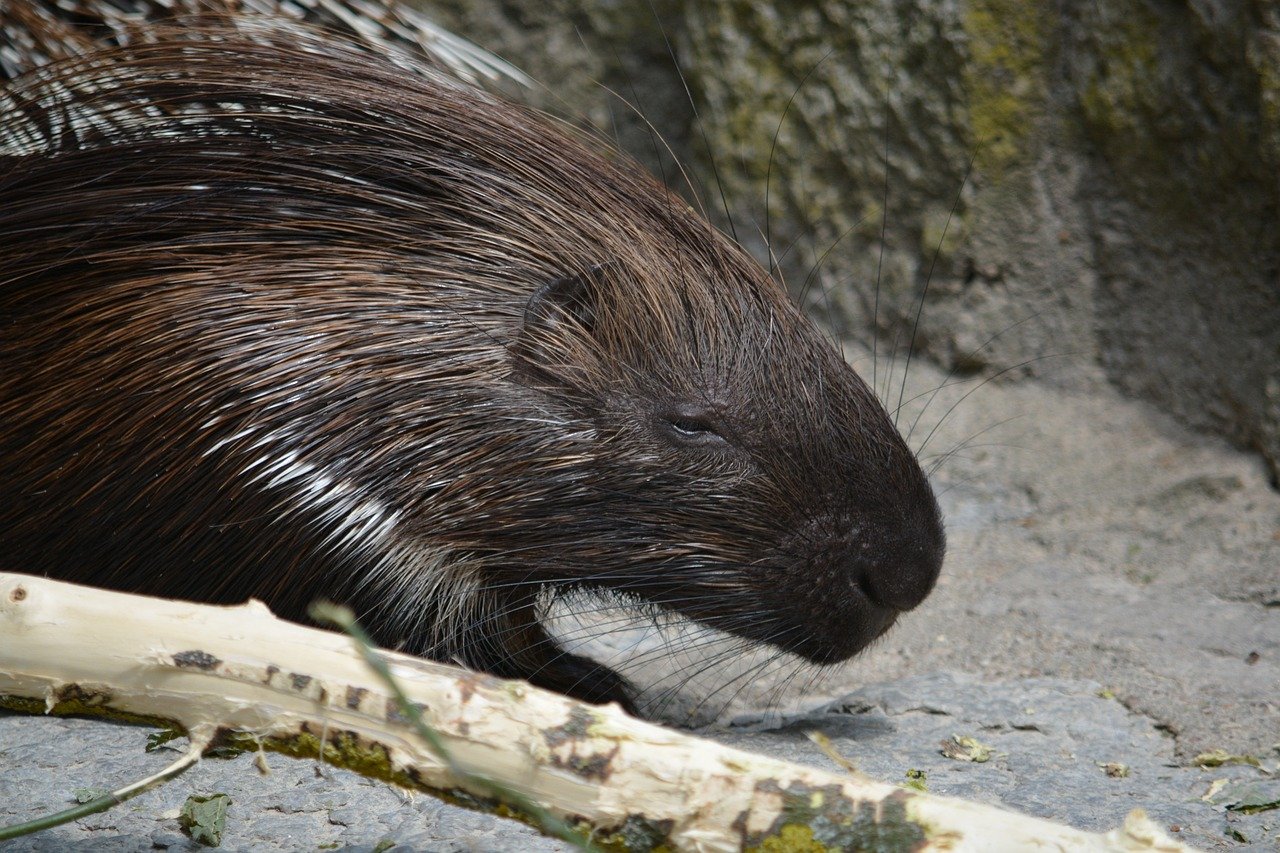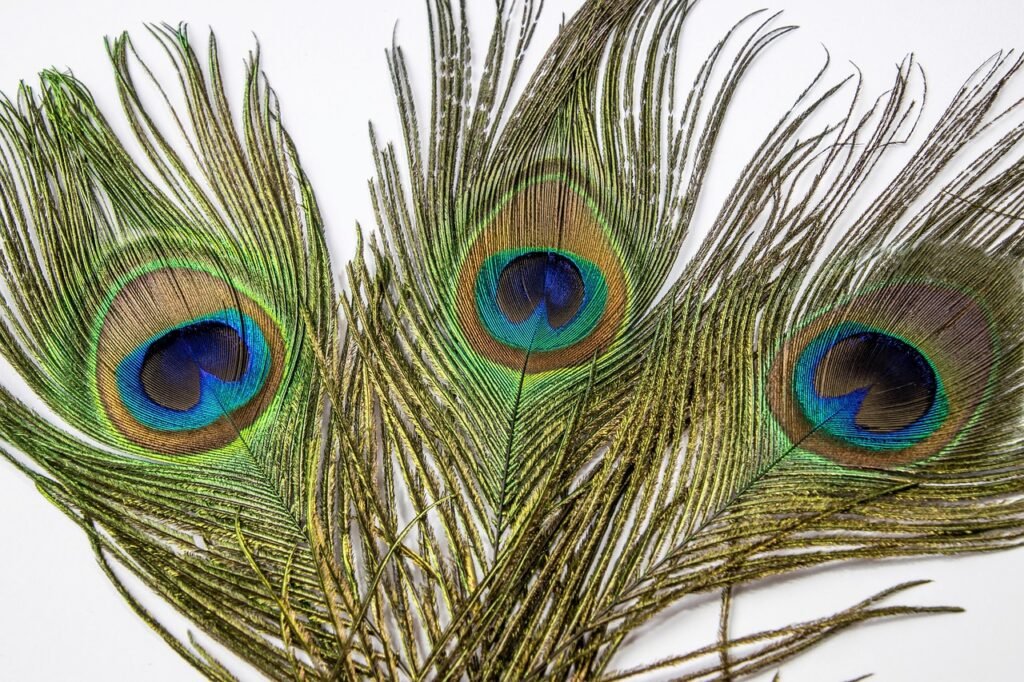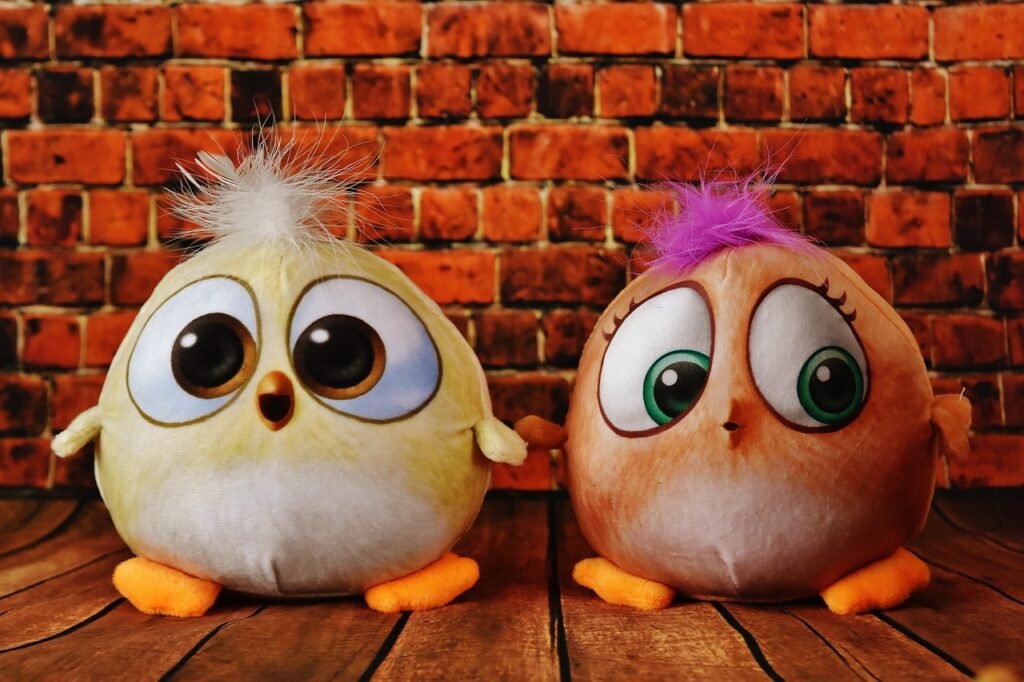Chewing is a natural behavior for porcupines that serves both functional and recreational purposes. Providing safe and enjoyable chew toys is essential for their dental health, mental stimulation, and overall well-being. In this guide, we explore the art of choosing chew toys that cater to your porcupine’s needs, ensuring they have a satisfying and beneficial chewing experience.
1. Understanding Porcupine Chewing Behavior:
- Porcupines have continuously growing teeth, and chewing helps wear down their teeth to an appropriate length. Additionally, chewing is a way for them to explore their environment, relieve stress, and maintain oral health.
2. Selecting Safe Materials:
- Prioritize safe materials for chew toys. Natural woods (untreated and free from pesticides), safe plastics, and pet-safe fabrics are ideal choices. Avoid materials with toxic substances or small parts that could be ingested.
3. Wooden Chew Blocks:
- Introduce wooden chew blocks made from safe hardwoods. These blocks provide a satisfying texture for chewing and help keep your porcupine’s teeth healthy. Ensure the wood is free from any harmful chemicals.
4. Cardboard Tubes and Boxes:
- Offer cardboard tubes or boxes for chewing. These items are not only safe for your porcupine but also provide an opportunity for them to engage in shredding behavior, which is a natural instinct.
5. Edible Chews:
- Explore edible chews made specifically for small animals. These can include safe wood chews with added flavors or chew toys made from compressed hay. Ensure the ingredients are suitable for porcupine consumption.
6. Plastic Chew Toys:
- Select plastic chew toys designed for small animals. Ensure they are free from sharp edges and made from safe, non-toxic materials. Porcupines may enjoy the tactile experience of chewing on plastic.
7. Rope or Vine Toys:
- Provide rope or vine toys for chewing and exploration. These toys not only serve as chew items but also allow your porcupine to engage in play by tossing or manipulating them.
8. Fruitwood Sticks:
- Offer fruitwood sticks from safe trees like apple or pear. These sticks not only satisfy their chewing instincts but can also add a natural and flavorful element to their chewing experience.
9. Chewable Foraging Toys:
- Choose chewable foraging toys that can be stuffed with treats. These toys engage your porcupine’s mind and provide a rewarding experience as they chew and discover hidden treats.
10. DIY Chew Toys:
- Get creative and craft DIY chew toys using safe materials. Securely fastened fabric knots, braided ropes, or cardboard creations can serve as enjoyable and safe chewing options.Tips for Offering Chew Toys:
- Monitor Wear and Tear: Regularly inspect chew toys for signs of wear or damage. Replace any toys that could pose a choking hazard or have sharp edges.
- Rotate Chew Toys: Introduce new chew toys regularly and rotate them to keep your porcupine’s interest. This prevents boredom and ensures a fresh chewing experience.
- Supervise Play: Initially supervise your porcupine’s interaction with new chew toys to ensure they are using them safely. Observe their preferences and adjust toy selection accordingly.
- Introduce Gradually: When offering new chew toys, introduce them gradually to allow your porcupine to become familiar with the item.
- Provide Variety: Offer a variety of textures and shapes to cater to different chewing preferences. This keeps their chewing experiences diverse and engaging.
Choosing safe and enjoyable chew toys for your porcupine is a thoughtful way to promote their dental health and mental well-being. By offering a range of textures and materials, you create a stimulating environment that satisfies their natural instincts and contributes to a happy and healthy quilled companion.



